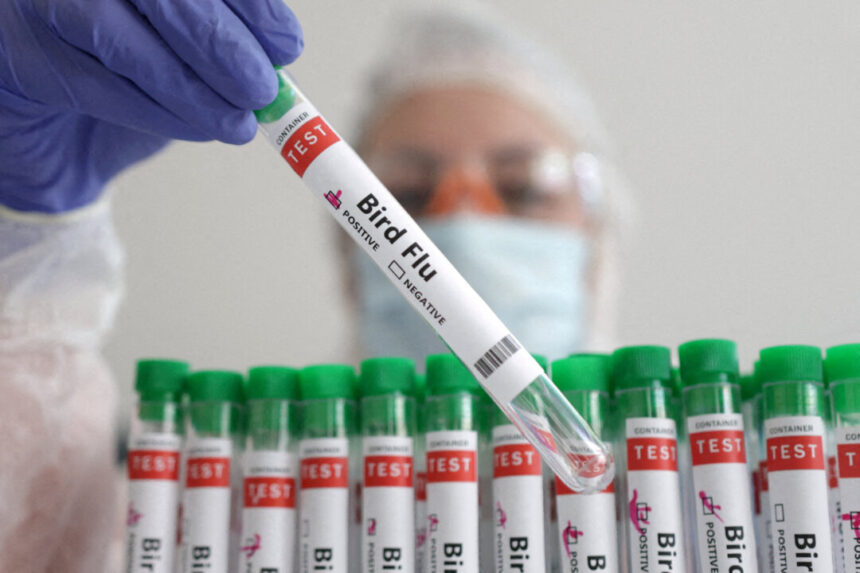
Environment Minister Tanya Plibersek expressed concerns about the potential extinction risk facing some bird species due to avian influenza.
Tanya Plibersek, the Environmental Minister, emphasized the government’s serious approach to the threat of bird flu possibly entering the country.
The highly pathogenic H5 strain of bird flu has been identified in various regions globally, including Asia, Europe, the Middle East, Africa, North America, and South America.
During the 2024 Zoo and Aquarium Association Annual Conference, Plibersek issued a warning about the impending arrival of the new H5 variant.
She stressed the need for a collaborative effort between public and private organizations to combat the potential impact of avian influenza.
Plibersek highlighted the government’s concerns about the risk a new variant could pose to bird species already at risk of extinction.
Furthermore, Plibersek pointed out that avian influenza doesn’t only affect birds but also poses risks to mammals, particularly seals and lions.
She emphasized the upcoming spring bird migration from the northern hemisphere as a critical period of potential danger.
The warning highlighted cases of penguins, pelicans, sea lions, and dairy cows being impacted by the rapid spread of the highly pathogenic H5N1 avian influenza.
This situation has put entire species at risk of survival, according to the institute.
Bird Flu H7 Strain in Australia
Authorities in Australia classify avian influenza strains as either high pathogenicity (HPAI) or low pathogenicity (LPAI).
While H5 influenza hasn’t been detected in wild birds in Australia, the high pathogenicity H7 strain has been found in 16 poultry farms across the country.
Victoria has reported cases of H7N3 and H7N9 bird flu strains, while a human case of H5N1 infection was identified in a child who had traveled overseas.
In New South Wales, avian influenza was detected in poultry farms in the Greater Sydney Basin and the ACT border region.
The NSW Department of Primary Industries confirmed that the strain found in the state is different from H5N1, providing some relief.
No Need to Panic
Following the outbreak in Australia, Dr. Vinod Balasubramaniam, a virologist from Monash University, highlighted the public health threat posed by H5N1 avian influenza.
However, he reassured the public that current surveillance measures aim to detect and manage outbreaks promptly, reducing the risk of widespread transmission.
Professor Vasso Apostolopoulos from Victoria University Australia noted that H5N1 and H7N3 infections in humans are rare, mentioning the availability of vaccines like AUDENZ™ for H5N1.





